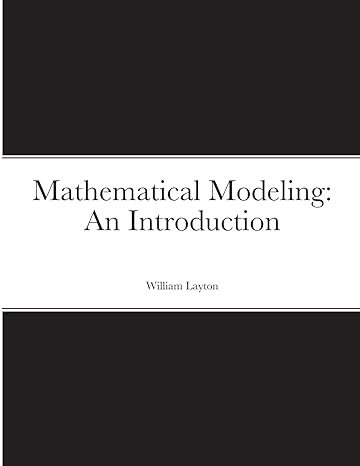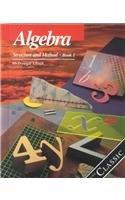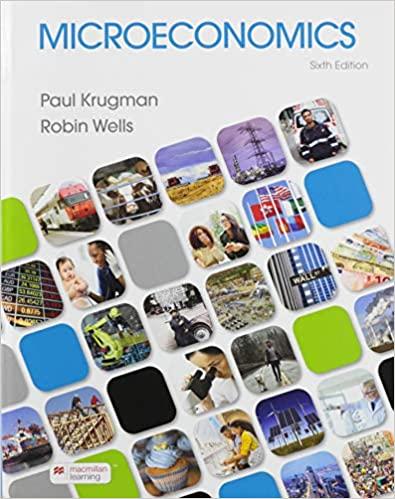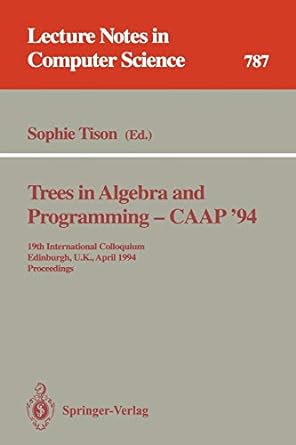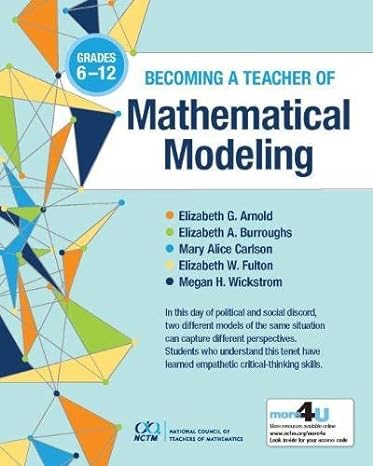Go back

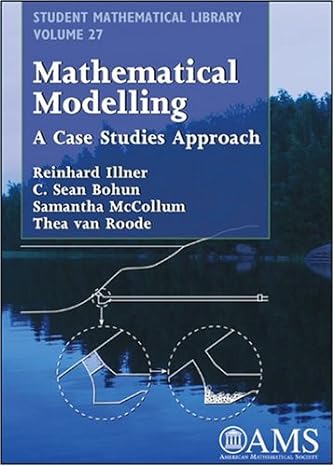
Mathematical Modelling A Case Studies Approach(1st Edition)
Authors:
C. Sean Bohun, Samantha Mccollum, Thea Van Roode, Reinhard Illner

Cover Type:Hardcover
Condition:Used
In Stock
Include with your book
Free shipping: April 06, 2024Popular items with books
Access to 3 Million+ solutions
Free ✝
Ask 10 Questions from expert
200,000+ Expert answers
✝ 7 days-trial
Total Price:
$0
List Price: $36.70
Savings: $36.7(100%)
Book details
ISBN: 0821836501, 978-0821836507
Book publisher: American Mathematical Society (December 24, 2004)
Get your hands on the best-selling book Mathematical Modelling A Case Studies Approach 1st Edition for free. Feed your curiosity and let your imagination soar with the best stories coming out to you without hefty price tags. Browse SolutionInn to discover a treasure trove of fiction and non-fiction books where every page leads the reader to an undiscovered world. Start your literary adventure right away and also enjoy free shipping of these complimentary books to your door.
Mathematical Modelling A Case Studies Approach 1st Edition Summary: Mathematical modelling is a subject without boundaries. It is the means by which mathematics becomes useful to virtually any subject. Moreover, modelling has been and continues to be a driving force for the development of mathematics itself. This book explains the process of modelling real situations to obtain mathematical problems that can be analyzed, thus solving the original problem. The presentation is in the form of case studies, which are developed much as they would be in true applications. In many cases, an initial model is created, then modified along the way. Some cases are familiar, such as the evaluation of an annuity. Others are unique, such as the fascinating situation in which an engineer, armed only with a slide rule, had 24 hours to compute whether a valve would hold when a temporary rock plug was removed from a water tunnel. Each chapter ends with a set of exercises and some suggestions for class projects. Some projects are extensive, as with the explorations of the predator-prey model; others are more modest. The text was designed to be suitable for a one-term course for advanced undergraduates. The selection of topics and the style of exposition reflect this choice. The authors have also succeeded in demonstrating just how enjoyable the subject can be. This is an ideal text for classes on modelling. It can also be used in seminars or as preparation for mathematical modelling competitions.
Customers also bought these books
Frequently Bought Together
Top Reviews for Books
Courtney Baker
( 5 )
"Delivery was considerably fast, and the book I received was in a good condition."


